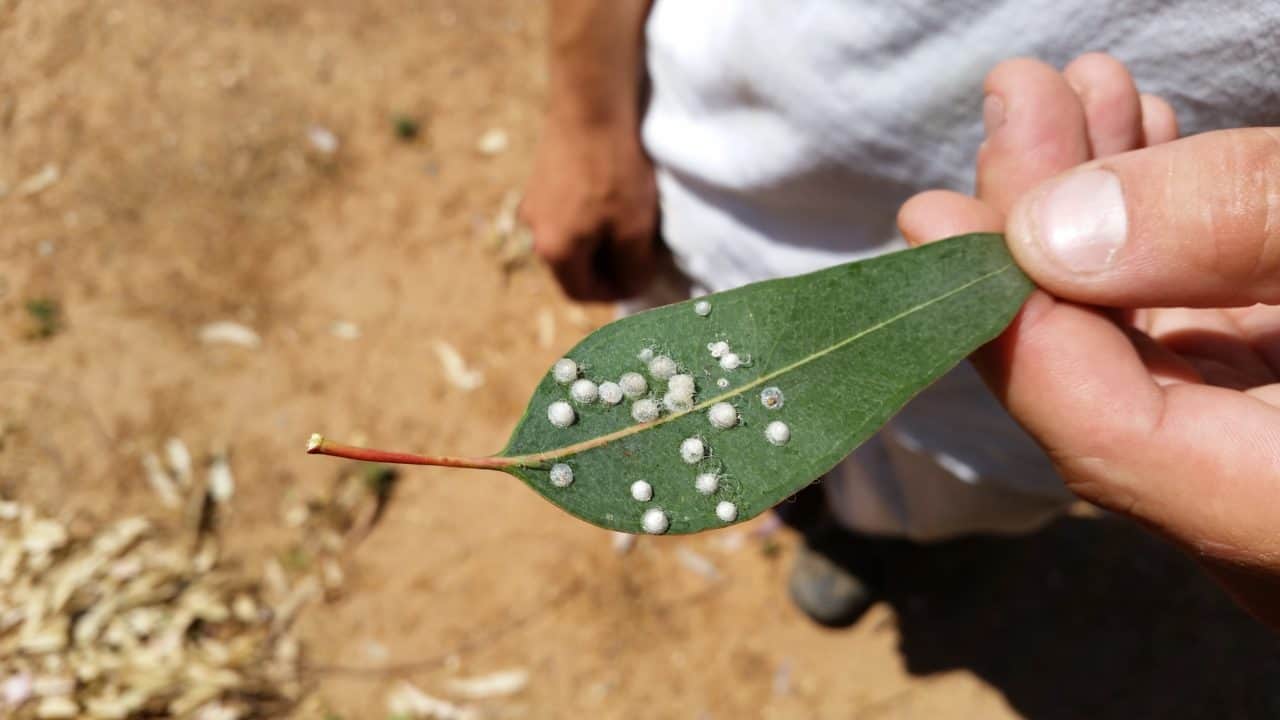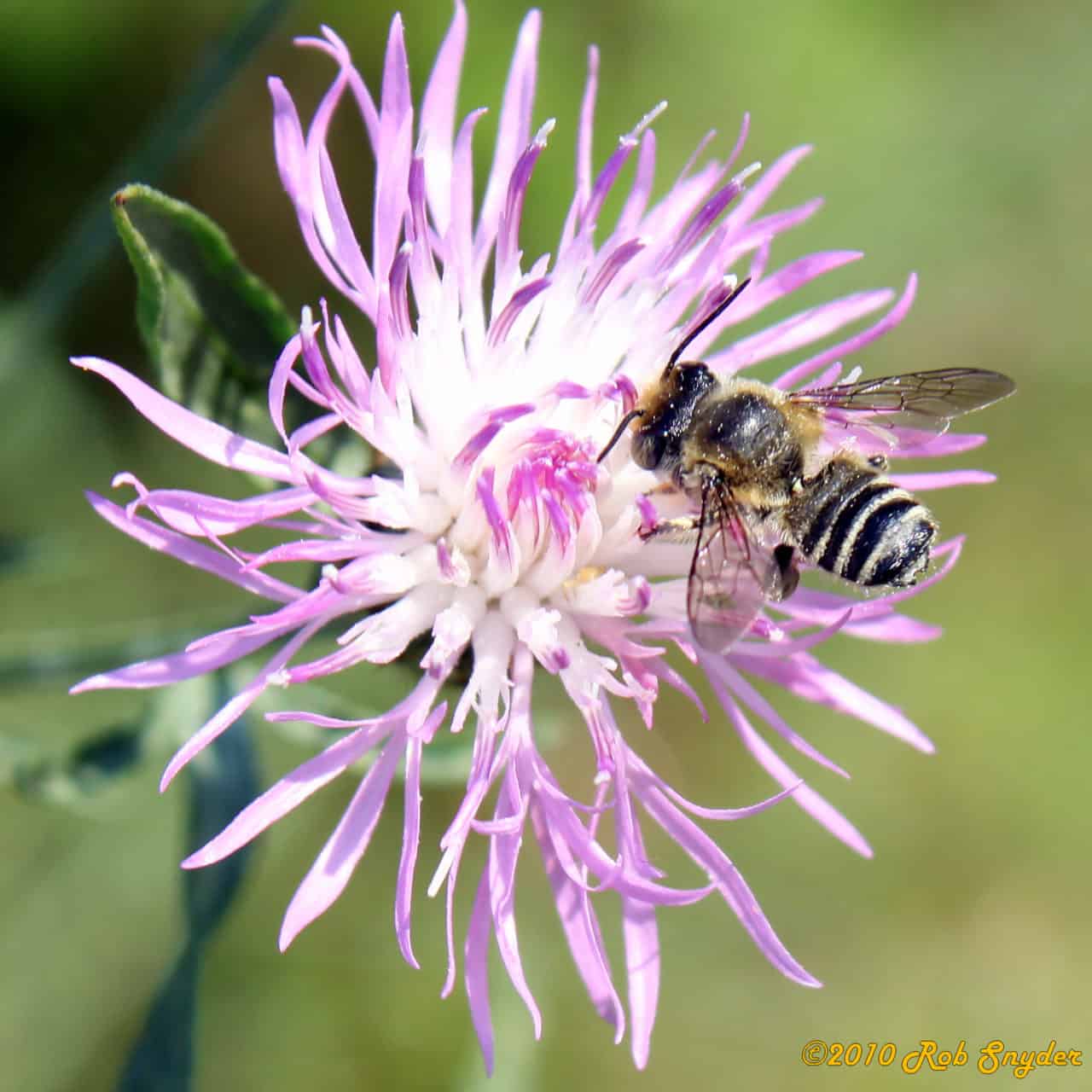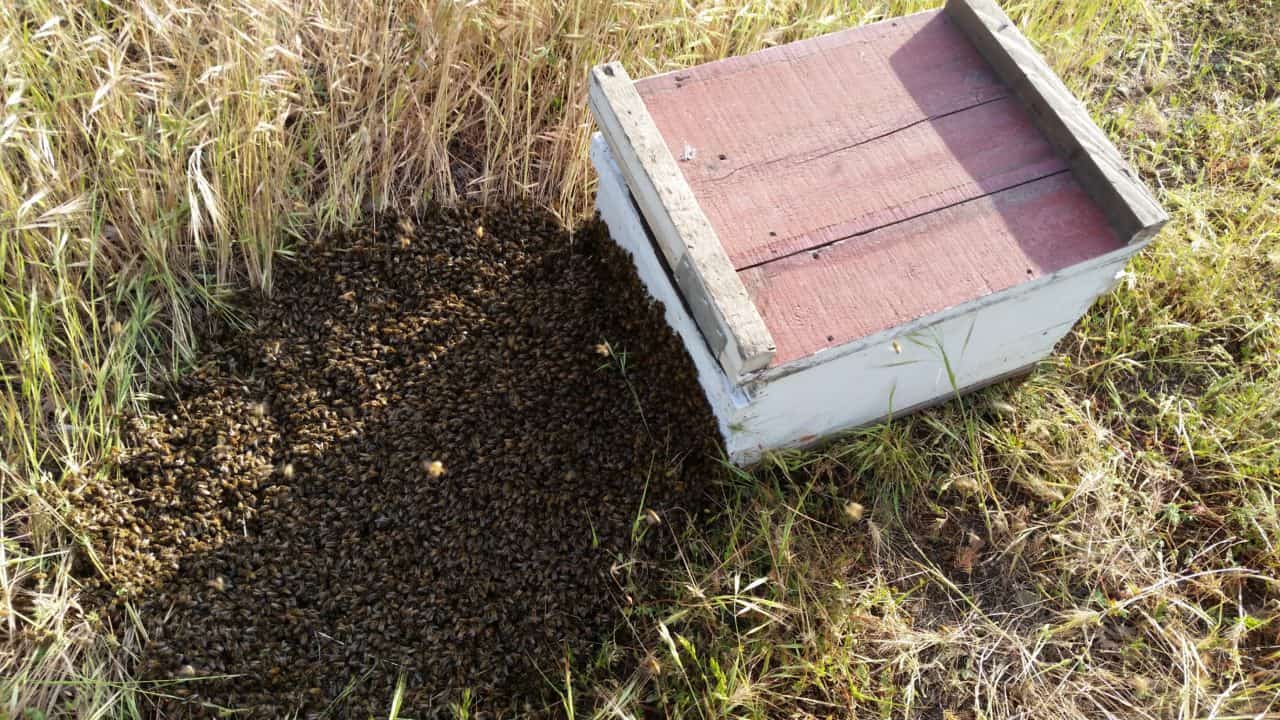We are very excited to announce that The Bee Informed Partnership has joined together with our home institution, University of Maryland College Park, to launch a kick starter campaign to help fund our Sentinel Hive Scale Project! Similar to the Hive Scale Program, Sentinel Hives monitor honey bee health in real-time using hive scales to track colony weight gain or loss. In addition to weight measurements, monthly disease assessments will be implemented and pollen traps will be utilized to determine available plant forage. This combination of information from our “smart hives” will give insight to what is happening within the colonies. This particular campaign is to fund 8 sentinel…
Honeydew: A Mixed Blessing
When Americans think of honey, most of us assume it comes from floral sources—basically bees collect flower nectar, add enzymes, and evaporate moisture to produce the finished product. However, I was recently talking to a friend who grew up near the Black Forest in Germany, and he told me as a child that his mother would give him “forest honey,” which was thicker had a much richer taste than anything he had seen in American supermarkets. Also known as honeydew honey, the source is not floral but actually from the waste products (which you can check over here) of a number of sap-sucking insects including…
2013 – 2014 National Management Survey
The Bee Informed Partnership is proud to release the results of the fourth annual National Management Survey for years 2013 - 2014. The results from this survey represent 564,522 colonies, 21.7% of the country’s 2.6 million colonies*. The National Management Survey, conducted since 2010, takes an epidemiological approach to acquire a greater understanding of the effects of various colony management practices and their relationship with colony health. We compare the data of apiaries that suffered high colony losses with those that suffered low colony losses and search for patterns in management practices that lead to lower mortality rates.Over the years we have been able to work…
Hybrid Carrot Seed Pollination
Carrot (Daucus carota) is a biennial member of the Apiaceae family that includes other familiar edibles like celery, parsley, fennel and dill. When grown for food, carrots are harvested at the end of the first growing season. Seed production requires the plant to receive sufficient winter chilling followed by flowering in the second season. Seed carrot is typically planted in August, pollinated the following July, and harvested in September. Producing carrots with the desired eating and aesthetic characteristics for the fresh market requires hybrid seed from carefully selected lines. Hybrid seed production involves using a male fertile-line to act as a pollen donor for a male-sterile…
Watermelon pollination
Beekeepers in the Pacific Northwest are not blessed with the high honey yields of beekeepers in other regions of the country. They are more reliant on renting their bees to pollinate crops and fortunately the agriculture of the PNW has a variety and abundance of commercially grown crops that require or benefit from honeybee pollination. In our work as the PNW Tech Team, Ellen and I are fortunate to work with our beekeepers and sample their colonies while pollinating many different crops in the region. This is the first installment of a series of 'Crop Pollination Profiles' where I'll outline the basics of cultivating each…
Alfalfa Leafcutter Bee (Megachile rotundata)
Megachile rotundata (or the alfalfa leafcutter bee) is a species native to Eurasia that was introduced into the United States after the 1930’s because of a drop in seed production. This bee was brought into the US to increase pollination yields of Alfalfa for seed because honey bees are not the best pollinators of the crop. M. rotundata was also introduced to New Zealand (1971) and Australia (1987) for the same reasons. This solitary species is now widespread across the United States with many feral populations. Alfalfa has a tripping mechanism that triggers the stamen (pollen reproductive organ) to strike the pollinator enabling pollen transfer…
Feeding Protein
Bottom Line at the Top The BIP survey is a significant set of data having included participation of thousands of beekeepers and tens of thousands of colonies. Although the survey has not yet become refined enough to give us causative insight, it does spell out some bottom line results. My writing is my personal take on that data, not necessarily agreed to or approved by the BIP staff. Three years worth of protein feeding data shows that there is no statistically significant benefit. Feed your bees protein (with all the added expense and work that goes with that) or don't feed your bees protein, in…
Feeding Honeybees Honey May Increase Mortality
Bottom Line at the Top After reviewing the details of the BIP survey results for two years where feeding honeybees carbohydrates is concerned, some very surprising suggestions come to light. These results are statistically significant and come from sample sizes including thousands of beekeepers from all over the USA and tens of thousands of colonies. First, it doesn't matter what carbohydrates you choose to feed your honeybees, you are either not improving their chances of survival or you are damaging their chances of survival. Those who do not feed are achieving as good or better survival rates. There is one important exception. In every case,…
Notes From Swarm Season in NorCal
Spring has always been my favorite time of year - it seems that all living things are bursting forth with enthusiasm, and bees are no exception! Despite the huge variation in local climates and weather patterns, beekeepers in every region experience a swarm season, when the bees receive cues from nature that it is time to reproduce. Increased day length, warmer temperatures, increased food sources and lack of space are all responsible for encouraging bees to swarm. Other causes of swarming include poor ventilation, mite infestation or disease, and old/failing queens. Here in Northern California it feels like spring begins in January (sorry midwesterners don't mean to…
Developing experimental procedure for lipid extraction from honey bees
Working in the vanEngelsdorp lab this past semester, I had the opportunity to help develop a procedure for extracting lipids from honey bees (the significance of which you can read about here). The lab courses I’ve taken so far have all required me to follow procedures like a recipe, which is good way to develop your lab technique, but leaves no room for creativity. Along with my lipid extraction compatriots Sue Boo and Todd Waters, I found out that developing a procedure is all about creativity. Although we were fortunate to gain insight from many of the lab’s research assistants, we were also given the…


